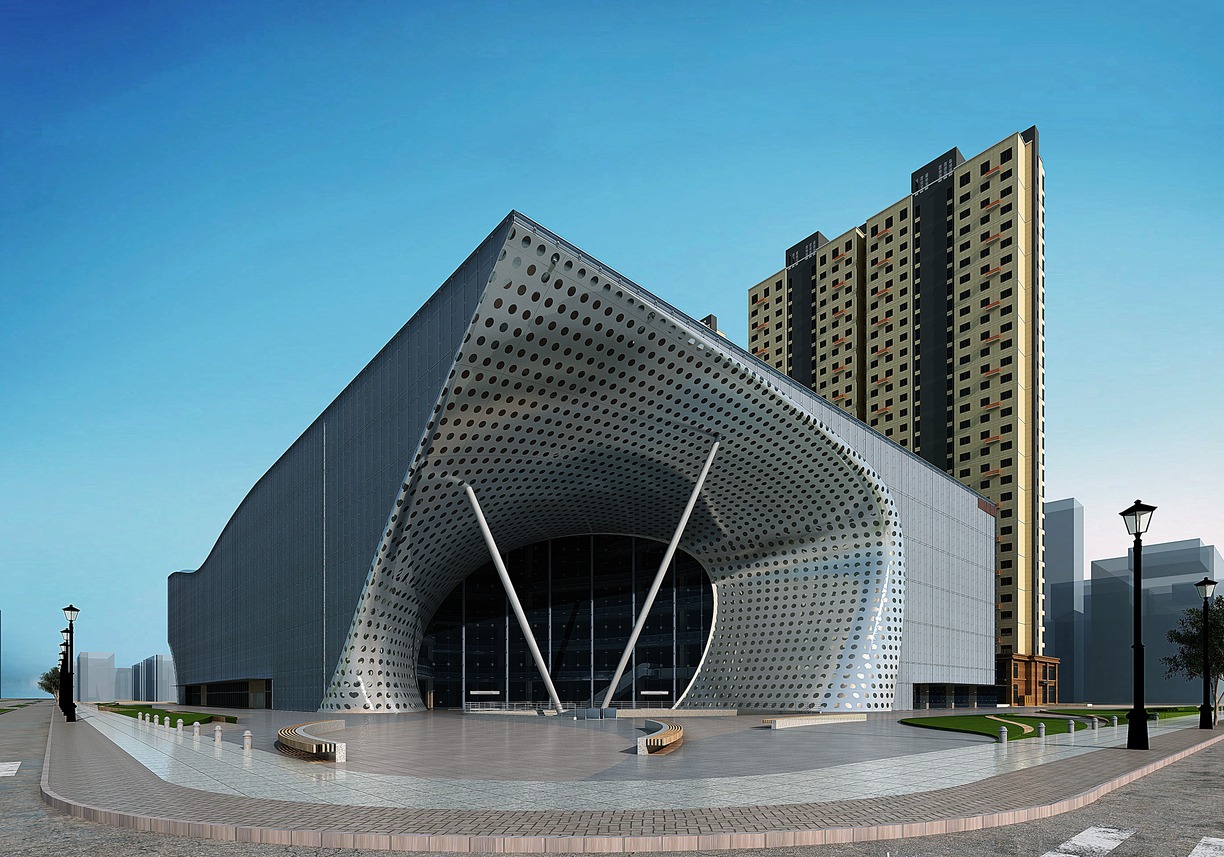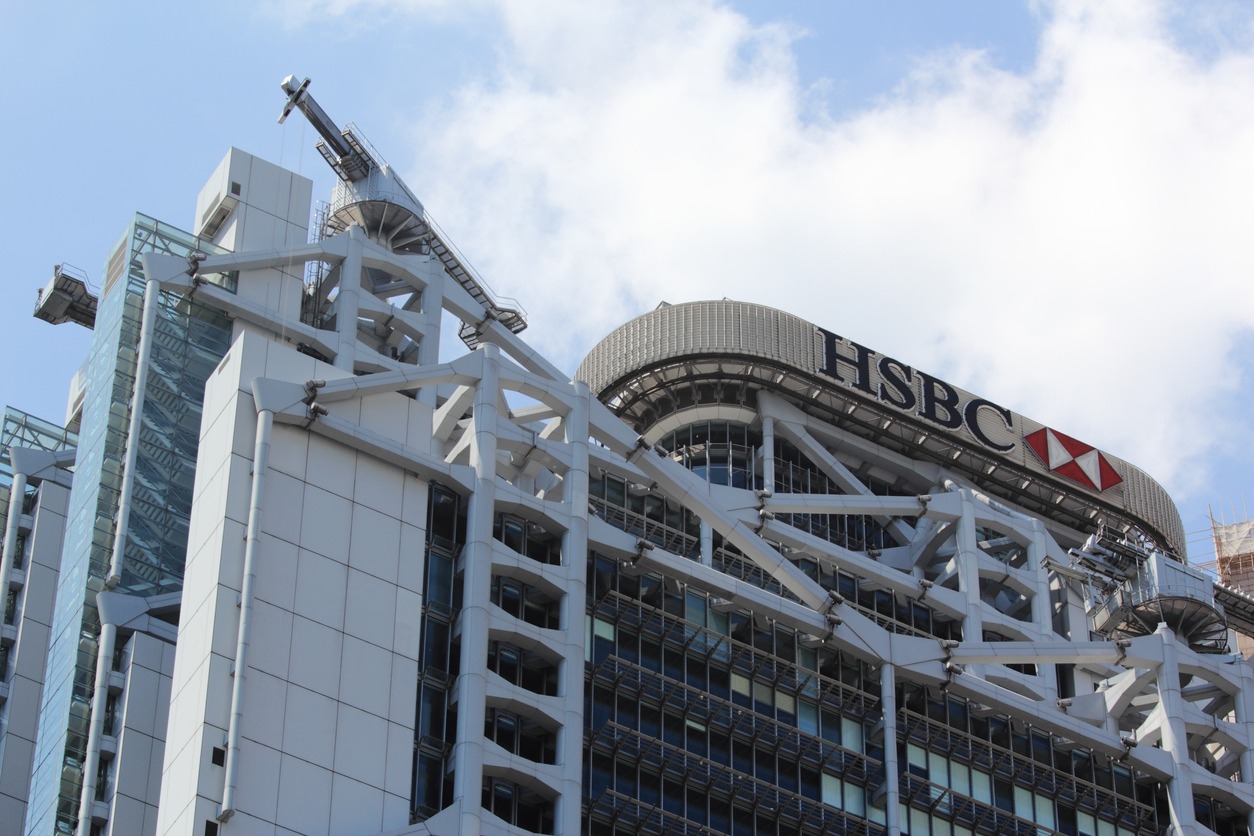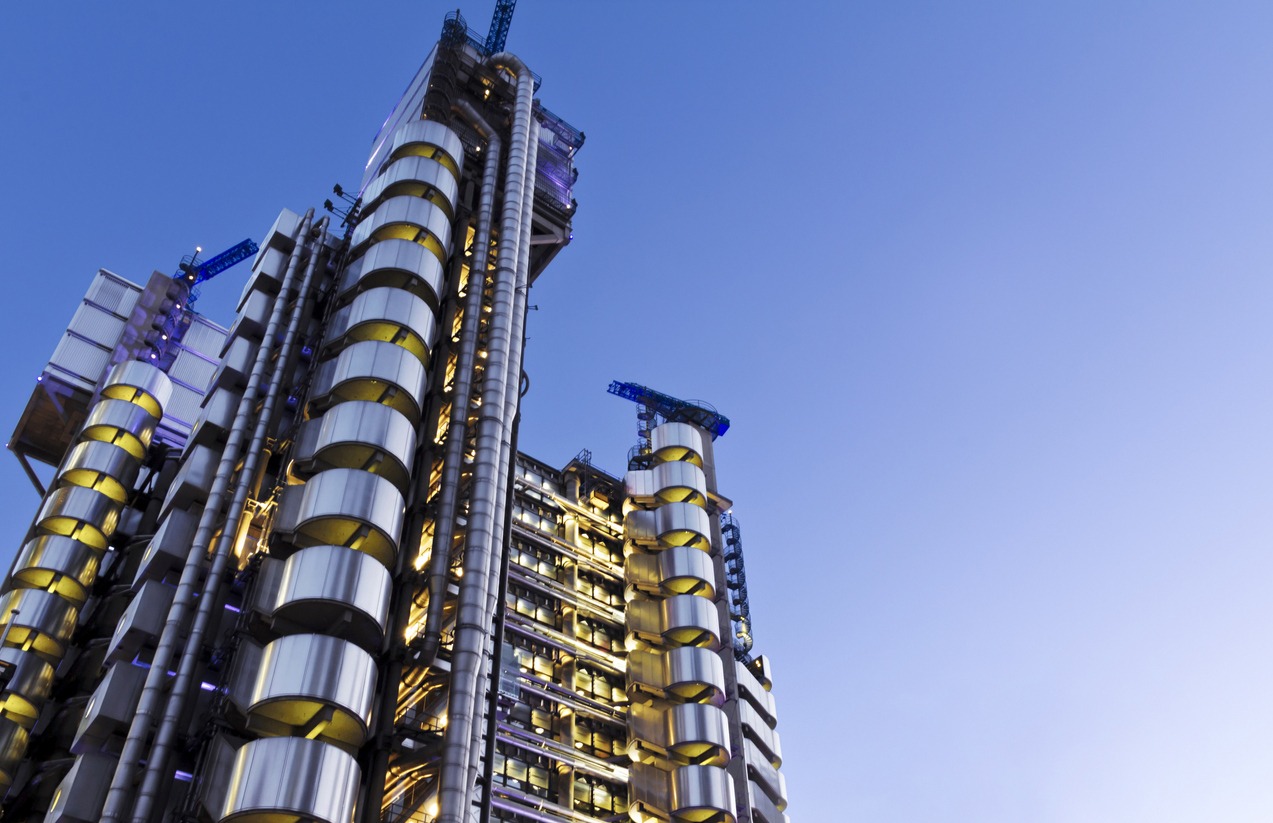Scientific and technological advancements significantly impacted industrialized countries in the 1970s. In 1969, the space competition culminated with the Apollo moon landing. As a result of this fast military advancement, many individuals today believe that technology innovation can accomplish more than previously thought possible. As a result, architects began to include high-tech elements into their designs to create an architectural response to industrialization’s technological advancements. High-tech architecture’s arrival reawakened a newfound faith in development and the power of technology. This is notably visible in the ideas of Kenzo Tange for technologically advanced structures in Japan during the post-war boom of the 1960s.
What is High-Tech Architecture
Late modernism and structural expressionism are other terms for high-tech architecture. Modern high-tech businesses and cutting-edge construction methods are incorporated into this architectural style. It is an architectural technique that includes high-tech industrial and technology components in building construction. This style arose as a reaction to the monotonous conventional structure created under the canopy of contemporary architecture at that time. Brick and wood construction become stodgy and out-of-date. Grain silos and industries enthralled the designers and architects because of their raw looks. The architectural movement began in the 1960s and symbolizes the transition from modernism to post-modernism architecture. The transparent surfaces and lightweight materials were a hallmark of high-tech architecture. A building’s exterior was designed to display its technological capabilities to demonstrate how technology can better the world. In the 1970s, Richard Rogers and Norman Foster were two of the most influential architects in the field of high-tech architecture.
The Beginnings of the High-Tech Architecture
“High-Tech” architecture and interior design first appeared in the US 50 years ago when it appeared in the book of Joan Kron and Suzanne Slesin entitled High-Tech, which legitimized chain-link fencing and corrugated culverts. The post-Modernist architecture of the 1970s and 1980s gave way to high-tech buildings in the 1980s. Early modern architects freed buildings of applied decoration with the idea that “form follows function.” In High-Tech architecture, a building’s structural parts are attractive while functional elements are placed outside. High-tech design is best in large municipal or office structures. From 1971-1977, Renzo Piano and Richard Rogers designed the Georges Pompidou Center in Paris. Piano and Rogers placed the steel frame, electrical wiring, air conditioning tubes, water pipes, and escalators outside the building, producing an exoskeletal framework. One can also see blue ducts, red elevators, green water lines, and yellow electrical components, from exterior of the building. The Pompidou used the modernist idea that structure is beautiful and unattractive technology.
Moreover, one advantages of High-Tech design’s functional components is that they were sometimes cheaper. It allowed architects and designers to use prefabricated buildings, commercial curtain wall systems, and other modular pieces in residential projects. After erecting his High-Tech home in 1977, German architect Helmut Schultz said, “All structures will be built this way in the future.” Furthermore, the high-tech architecture includes Norman Foster’s 1986 Hongkong and Shanghai Bank. This 47-story tower has white-and-gray girders. Unlike previous skyscrapers, the service core is on both sides. Each level is attached to this steel frame, which has curtain windows. A computer directs sunlight into the building, reducing artificial lighting. High-tech architectural features improve energy efficiency. “London Ark” for example, looks like a giant ocean liner but has a unique cooling system.
High-Tech formed a subcategory of minimalism that relied on expensive custom fabrication. The style’s real promise—low, bare, trend-proof industrial buildings—was ignored. Today’s appliances look like they come from a high-end restaurant, which is even sillier. Style features factory lighting, comfortable swivel chairs, and wire closet storage. High-Tech architecture is a part of our daily lives as the interior décor of numerous coffee bars and 20-something fashion boutiques. New loft complexes that mimic industrial live-work scenarios are also popular.
Characteristics of High-Tech Architecture
The characteristics of high-tech architecture vary, but they all emphasize technical features. They included displaying the building’s technical and functional components and using prefabricated pieces. Popular materials were glass and steel. Externalizing technological characteristics generally involved load-bearing structures. Pompidou Centre is the best example. Wherein the outside, ventilation ducts are visible. Compared to previous ventilation ducts that were hidden on the building’s inside. High-tech architecture allows guests to enter the building through a large tube.
The early 1970s where the first time hollow structural molded steel could be utilized as a building material; thus, there was much research. As a result, most early high-tech architecture employed exposed structural steel. As time progress high-end materials from aeronautical, space, or energy technology are combined, and ecological solutions are worked out with scientists, like in the Reichstag dome in Berlin by Norman Foster. Controllable façades for venting huge glass buildings also help for example, in the case of the debris-Haus in Berlin. Animal models have been employed for membranes and exterior shells, such as dolphin skin.
Components and building systems for high-tech architecture are industrially prefabricated using modern technologies, precision engineering, and a simple aesthetic for assembly on-site. Glass, metal, and plastic are favored as “clean” industrial building materials. The high-tech architecture used interchangeable modules or “plug-in elements” to reduce maintenance for wearing parts. The high-Tech architecture emphasizes structures like Brutalism. In contrast to Brutalism’s concentration on concrete outside walls, High-Tech buildings utilize glass and steel. This originated in modern architecture and was influenced by Mies van der Rohe’s high-rise buildings. High-tech architecture presents building technologies. Technical aspects and constructional details are emphasized by showcasing a building’s technical and functional components.
Famous Examples of High-Tech Architecture
1. The Center Pompidou
Pompidou embodies high-tech architecture. The style is also called ‘Bowellism’ Richard Rogers relates to the modern, high-tech Bowellism style. Le Corbusier and Antoni Gaudi influenced this fleeting, frivolous style. The Centre Pompidou’s Exterior is ornamented with lifts, escalators, and air ducts, leaving the inside open and adaptable.
2. HSBC
The high-tech architecture includes the 1979 HSBC building, a 44s-story high-tech skyscraper designed by Foster Associates. The building is the world’s best bank headquarters. Architecture’s aesthetics are left to engineering, disregarding style, look, history, and context. The building’s customarily hidden services were displayed outside.
3. Lloyd’s
Richard Rogers’ Lloyd’s building in London is the second big project after the 1980s’ Centre Pompidou. Like the previous project, Lloyd’s building has outside services. It has three primaries, three service towers surrounding a rectangle, and exterior lifts to access upper stories.
4. WF&D Building
Foster Associates’ Willis Faber and Dumas buildings are high-tech. 1975’s. Three-story office building with a curving glass curtain wall. The structure ends in Ipswich. The uneven town layout is medieval; it encouraged employee community. The purpose was accomplished by using an open-plan office with no interruptions.
5. High-tech Renault Distribution Center
Renault Distribution Center in Swindon is a high-tech architectural masterpiece. Renault’s UK distribution center was the largest in the country; the building was finished by Foster Associates in 1982. Renault needed a flexible space with broad, open industrial racking and storage areas; thus, the construction is built of 42 24-by-24-meter modules, with each module’s roof being PVC. This High-tech architecture made ‘tech’ feel solid, and the building and services ultimately expressed an ideal digital industry architecture. High-tech architecture has unlimited possibilities for the future. The high-tech style has evolved and will continue to do so.




